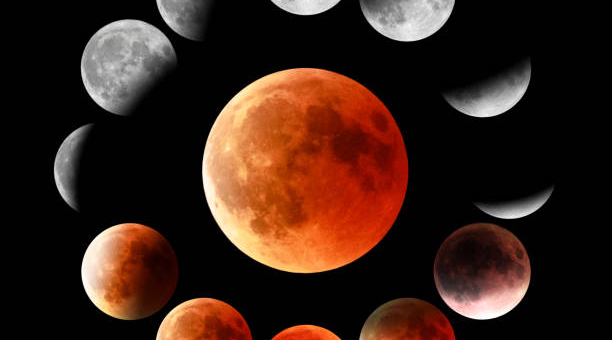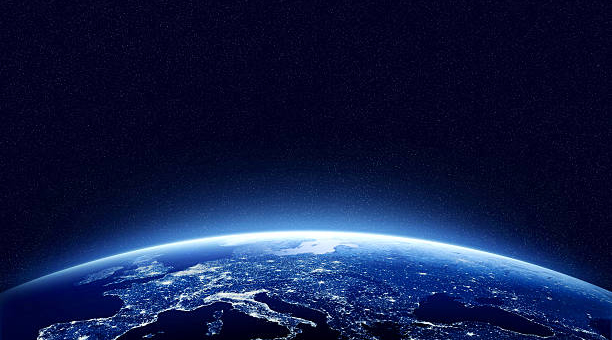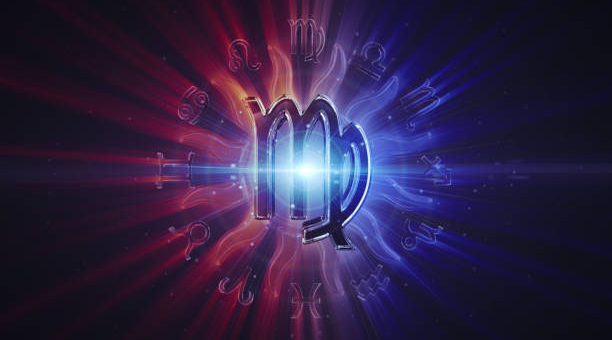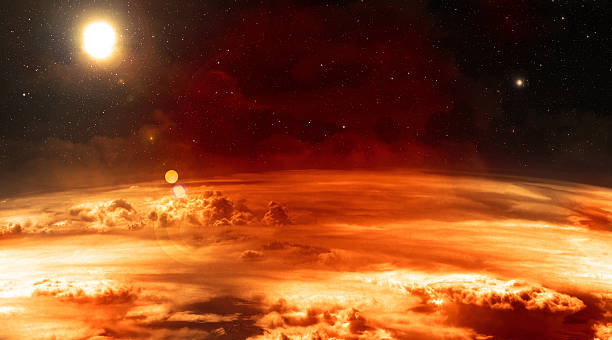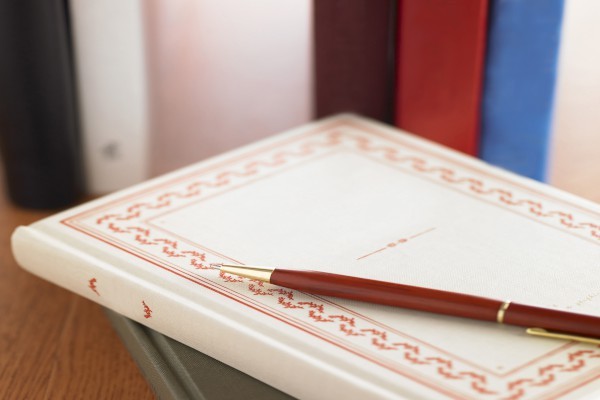equivalents(Equivalence of Different Units of Measurement)

Introduction
In the realm of science and engineering, various units of measurement are often used to quantify different parameters. However, the use of different units can lead to discrepancies in measurements and create confusion when comparing different sets of data. Therefore, it is necessary to establish a system of equivalents, which allows for the conversion of one unit to another. In this article, we will explore the equivalence of different units of measurement.
Length
Length is a fundamental physical quantity that is measured in different units, such as meters, centimeters, and inches. To convert one unit of length to another, we can use the following conversion factors:1 meter = 100 centimeters1 inch = 2.54 centimetersFor example, to convert 5 meters to inches, we first convert meters to centimeters by multiplying by 100:5 meters * 100 centimeters/meter = 500 centimetersThen, we convert centimeters to inches by dividing by 2.54:500 centimeters / 2.54 centimeters/inch = 196.85 inchesTherefore, 5 meters is equivalent to 196.85 inches.
Mass
Mass is another physical quantity that is measured in different units, such as kilograms, grams, and pounds. The conversion factors for mass are as follows:1 kilogram = 1000 grams1 pound = 0.45359237 kilogramsFor example, to convert 2 kilograms to pounds, we first convert kilograms to grams by multiplying by 1000:2 kilograms * 1000 grams/kilogram = 2000 gramsThen, we convert grams to pounds by multiplying by 0.00220462:2000 grams * 0.00220462 pounds/gram = 4.40924 poundsTherefore, 2 kilograms is equivalent to 4.40924 pounds.
Temperature
Temperature is a measure of the *erage kinetic energy of the particles in a substance. In different countries, different units of temperature are used, such as Celsius, Fahrenheit, and Kelvin. The conversion formulas for these units are as follows:Celsius to Fahrenheit: F = (C * 1.8) + 32Fahrenheit to Celsius: C = (F – 32) / 1.8Celsius to Kelvin: K = C + 273.15For example, to convert 20 degrees Celsius to Fahrenheit, we use the formula:F = (20 * 1.8) + 32 = 68 degrees FahrenheitTherefore, 20 degrees Celsius is equivalent to 68 degrees Fahrenheit.
Volume
Volume is the amount of space occupied by a substance and is measured in different units, such as liters, milliliters, and gallons. The conversion factors for volume are as follows:1 liter = 1000 milliliters1 gallon = 3.78541 litersFor example, to convert 2 liters to gallons, we use the formula:2 liters / 3.78541 liters/gallon = 0.52834 gallonsTherefore, 2 liters is equivalent to 0.52834 gallons.
Time
Time is a fundamental physical quantity that is measured in different units, such as seconds, minutes, and hours. The conversion factors for time are as follows:1 hour = 60 minutes1 minute = 60 secondsFor example, to convert 3 hours to minutes, we use the formula:3 hours * 60 minutes/hour = 180 minutesTherefore, 3 hours is equivalent to 180 minutes.
Conclusion
In conclusion, the use of different units of measurement can lead to discrepancies and confusion. Therefore, establishing a system of equivalents is crucial for easy and accurate comparisons of measurements. By using conversion factors, we can easily convert between different units of measurement for different physical quantities.
本文链接:http://xingzuo.aitcweb.com/9207389.html
版权声明:本文内容由互联网用户自发贡献,该文观点仅代表作者本人。本站仅提供信息存储空间服务,不拥有所有权,不承担相关法律责任。如发现本站有涉嫌抄袭侵权/违法违规的内容, 请发送邮件举报,一经查实,本站将立刻删除。

